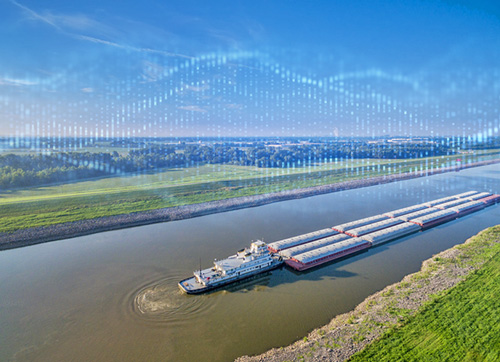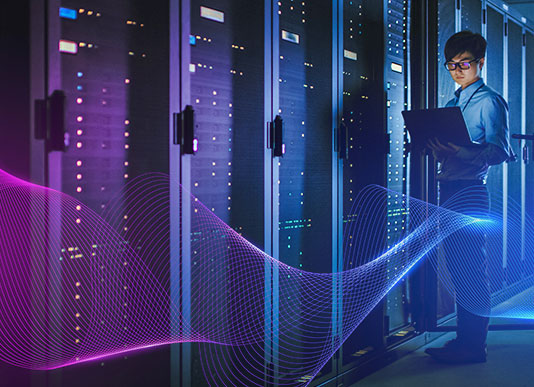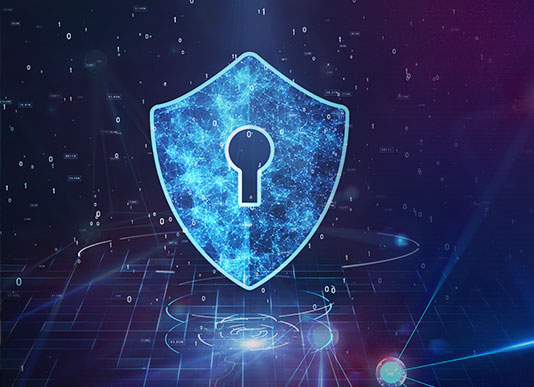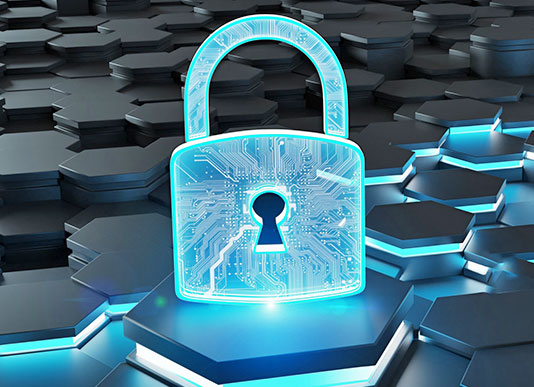Managed services providers (MSPs) use a variety of tools to monitor their customers’ systems and networks and protect against cyberattacks. If the MSP doesn’t follow best practices, however, they can actually introduce threats into their customers’ environments.
A network vulnerability assessment is the initial phase of any cybersecurity strategy. In the National Institute of Standards and Technology (NIST) Cybersecurity Framework, vulnerability assessments fall under the “identify” phase. They are designed to help organizations identify any gaps in their security posture and prioritize the activities needed to close those gaps. Because cyber threats are continually evolving, organizations should regularly review their IT environment in order to understand their risk exposure.
The maritime industry is increasingly reliant on IT systems for day-to-day operations. While IT helps optimize costs, increase efficiency, enhance safety and more, it also comes with a greater risk of cyberattacks. The rapid evolution of the IT environment and connectivity between IT and operational technology (OT) systems only adds to the potential vulnerabilities and threats in the maritime sector.
People have been talking about “digital transformation” for several years but not doing a lot about it. That is until the COVID-19 pandemic hit, and businesses were forced to retool their business models virtually overnight. In a recent study by Software AG, 97 percent of IT professionals said they went through some kind of digital transformation (DX) project in 2020.
The near-overnight shift to remote work models created a perfect storm of security challenges. Employees were suddenly working outside the secure perimeter, and IT teams were focused on providing connectivity to corporate applications and data. Even organizations that already had a distributed workforce had to quickly scale up their remote access infrastructure.
Organizations are increasingly reliant on WAN connectivity for branch locations and remote sites. Employees need a reliable and secure network to access corporate IT resources and cloud services. Bandwidth demands are growing due to the rise of latency-sensitive applications such as video conferencing.
Risk management is vital to any organization but especially important in healthcare. Business and clinical leaders must continually identify and evaluate risks to minimize the chance of injury to patients, staff and visitors. Healthcare organizations must also consider financial and reputational risks and establish processes for responding to incidents and controlling damage.
Software-defined WAN (SD-WAN) adoption has been driven by a need for greater agility, reliability and performance. Legacy WAN architectures are complex, expensive, and difficult to provision, maintain and support. SD-WAN creates a more intelligent network that reduces telecom costs and simplifies remote connectivity.
Inland marine services are just as vital to the energy sector as offshore operations. In fact, much of the nation’s crude oil, refined fuels and other energy products are transported by barges. These in turn rely on tugboats and towboats for propulsion and maneuvering.
Communication and collaboration tools have been a lifeline for employees working from home. Voice and video conferencing, chat and instant messaging, presence, and document sharing have enabled remote workers to stay in contact with colleagues and streamline workflows.
The rapid shift to work-from-home models has largely been successful, enabling public- and private-sector organizations to keep functioning and meet social distancing requirements. The benefits have been so great that many organizations plan to offer remote work options after the pandemic has abated. A Cisco survey conducted between June and September 2020 found that 37 percent of organizations expect to continue work-from-home arrangements long-term.
The term “managed IT services” is commonly used in the IT industry and widely misunderstood. What IT services are managed? Who is managing them and why?
Email remains a primary vector for cybersecurity threats. According to the Verizon Data Breach Incident Report, 94 percent of malware is spread via email, and phishing accounts for 80 percent of social engineering attacks. Losses associated with phishing attacks averaged $17,700 per minute in 2019, according to data from RiskIQ.
Real-time communications have transformed maritime, energy and other industries with offshore operations. In the past, two-way radios provided the only communications link between offshore sites and onshore locations. Personnel working on vessels and offshore facilities were essentially cut off from the rest of the world.
Many organizations have implemented communication tools in an ad hoc manner to facilitate collaboration among dispersed employees. The unfortunate downside is a fragmented communication environment that leads to inefficiency and a poor user experience.
The work-from-home models necessitated by the COVID-19 pandemic are driving rapid adoption of SD-WAN solutions. By providing more flexible, scalable and reliable connectivity than traditional WAN architectures, SD-WAN improves access to corporate resources and cloud services for today’s distributed workforce. As organizations embrace remote work as a long-term strategy, SD-WAN has become an essential component of the corporate IT infrastructure.
The COVID-19 pandemic has accelerated adoption of cloud applications and services to support remote operations. According to new data from Synergy Research Group, spending on cloud services saw 28 percent year-over-year growth in the third quarter of 2020 alone — about three percentage points greater than would have been expected under normal circumstances.
Despite the digitization of many business processes, workers still need to print, scan, fax and copy documents. However, employees working from home no longer have access to the business machines in the office. This has led to a surge in demand for home office printers and multifunction devices (MFDs).
Cybercrime is big business. A recent study by Atlas VPN found that cybercriminals rake in more than $1.5 trillion in revenue annually — triple the earnings of retail giant Walmart. If you count all the global costs of cybercrime, it would be equivalent to the world’s third-largest economy, according to Cybersecurity Ventures.
A new report paints a grim picture of industrial control system (ICS) cyber security. According to the Claroty Biannual ICS Risk & Vulnerability Report, 365 ICS vulnerabilities were disclosed in the first half of 2020, 75 percent of which were rated as high or critical using the Common Vulnerability Scoring System (CVSS). These vulnerabilities were most prevalent in ICSs used in critical infrastructure, including the energy and critical manufacturing sectors.
We’ve been talking about the cybersecurity threats to look out for in 2021 and the tools and services you’ll need to protect your applications and data. Now comes the question of how much budget to allocate to cybersecurity in the coming year.
Networking has historically been hardware-centric, with organizations deploying stacks of routers, switches and security appliances. The result is a highly complex environment that is managed manually on each device. Inflexible legacy network architectures make it difficult to implement new applications and services or scale the environment to meet changing demands.
In our last post, we discussed six cybersecurity threats that will likely have the greatest impact on organizations in 2021. Phishing campaigns will continue to proliferate, and many will exploit the fear and uncertainty that continues to surround the COVID-19 pandemic. Experts are also predicting “Nigerian Prince” scams preying on individuals and businesses looking for economic stimulus payments.
In a previous post, we took a look at the serious problem of insider threats. Accounting for 30 percent of all security breaches, insider threats include well-meaning users who make mistakes or work around security policies and insiders who attack company IT systems out of malice or for personal gain. The most expensive insider attacks involve credential theft, in which outside hackers steal legitimate usernames and passwords to gain access to IT systems.
Organizations are right to be concerned about shadowy hacker groups infiltrating their IT systems. According to Verizon’s 2020 Data Breach Investigations Report, 70 percent of security breaches can be traced to malicious external actors. Organized criminal groups were behind 55 percent of breaches, and 86 percent of breaches were financially motivated.
If 2020 has taught us anything, it’s that IT strategies need to stay flexible. Experts had been saying for years that we were overdue for a pandemic, but no one anticipated that we’d need to retool our operations overnight due to lockdowns and social distancing requirements. Many scheduled projects and initiatives had to be put on hold so that IT staff could focus on enabling remote access.
- Death Linked to Ransomware Attack Brings New Urgency to Preparation and Response
- 3 Potential Network Weaknesses that Impact Work-from-Home Employees
- Helping Senior Assisted Living Facilities Use Technology to Keep Residents Connected
- Managed Security Services Can Help You Overcome the Cybersecurity Skills Gap


























